Introduction
Michael F. Lappert, one of the giants of 20th century organometallic chemistry, passed away suddenly at the age of 85 on March 28, 2014. His storied career and status as a leader in the field have been commemorated elegantly elsewhere. Prof. Lappert published prolifically over his lengthy career, leaving the global community a legacy of almost 800 scholarly articles on original chemical research in organometallic chemistry from across the Periodic Table.
More than half of those papers, including many of his most highly cited articles, were published in Royal Society of Chemistry journals. To honour his memory and body of work, we have put together this web collection of selected contributions from the RSC Lappert canon (http://rsc.li/lappert). Together, these papers paint a picture of a chemist with extraordinarily broad interests and an uncanny knack for pursuing seminal research that has stood the test of time and influenced the field in significant ways.
The selected papers are grouped by Lappert’s major areas of interest and have been chosen by members of the Editorial Boards of Dalton Transactions and ChemComm, where much of Lappert’s work appeared over the years. They are available for viewing free of charge to interested chemists around the globe. We believe this is a fitting tribute to Prof. Lappert and hope the readers of Royal Society of Chemistry journals enjoy revisiting some of these seminal contributions.
Early contributions
Lappert’s very first paper in the chemical literature “Interaction of boron trichloride with optically active alcohols and ethers”, published in 1951 with his Ph. D. supervisor W. Gerrard, was followed in short order by a remarkable and prolific series of papers exploring the chemistry of boron halides with alcohols, ethers, pyridine, thioethers, extending into the chemistry of boronic acids, boronic esters, borinic acids, borinate esters and borates.
Indeed, almost every imaginable reaction of boron compounds with small organic molecules, and every combination of boron with halide, oxygen, nitrogen, sulfur, alkyl and aryl substituents and the corresponding Lewis acid–base complexes appear in these early papers.
Boronic acids feature in modern applications as diverse as the palladium-catalysed Suzuki–Miyaura cross-coupling reaction and as saccharide sensors; the foundation for these highly significant developments lies in the detailed, systematic work on the properties and chemistry of boron compounds reported in Lappert’s early papers.
All the more remarkably, this work was done on the basis of careful isolation and characterisation of products via melting and boiling points, refractive indices, elemental analyses and optical rotations, but without the aid of the routine spectroscopic techniques we now take for granted.
By the late 1950s, IR spectroscopy was becoming more widely used and a 1958 paper reports and assigns B–O, B–Cl, B–aryl, B–H3, B–N and B–H vibrational frequencies. Both IR and 1H NMR spectroscopy were used to determine whether organic amide complexes of BCl3 and TiCl4 were N-bound or O-bound, concluding that the latter was favoured, and also observing restricted rotation about the amide C–N bond. Almost all of Lappert’s 80 or so papers published from 1951 to 1965 were concerned with the chemistry of boron.
The paper on amide complexes also shows his interest in the Lewis acid properties of boron halides extending to other elements. This theme quickly extended to a range of metals, for example using IR (and to a limited extent, 1H NMR) spectroscopy to investigate complexes of ethylacetate with a wide range of metal halides (boron, aluminium, silicon, germanium, tin, gallium, indium, titanium, zirconium and iron), commenting on the donor ability of the esters, stereochemistry and group trends for both the metals and the halides.
Now established as a leader in exploring the systematic preparative and descriptive chemistry of elements across the periodic table, Lappert began to report new reaction types that were to set the stage for organometallic chemistry into the present. After preparing a range of new tin amine compounds, in 1965 Lappert reported the first well-established aminostannylation reactions, in which an unsaturated substrate inserts into a tin-nitrogen bond. For example, CO2 inserts into Me3SnNMe2 to give the carbamato complex Me3SnOC(O)NMe2.
This paper described the aminostannylation reaction for CO2, CS2, ketene, PhNCO, PhNCS, PhCN, SO2 and other unsaturated small molecules. We now accept, of course, such main group addition reactions such to be of central importance in both academic and industrial chemistry. As well as establishing a major new reaction paradigm, this chemistry also illustrated Lappert’s early success in tin and, more broadly, group 14 chemistry, as his next major set of papers demonstrates.
Interaction of boron trichloride with optically active alcohols and ethers
W. Gerrard and M. F. Lappert
J. Chem. Soc., 1951, 1020-1024
Stability, solvolysis, and co-ordination reactions of esters of boronic acids and their halogen derivatives
L. J. Bellamy, W. Gerrard, M. F. Lappert and R. L. Williams
J. Chem. Soc., 1958, 2412-2415
Infrared spectra of boron compounds
L. J. Bellamy, W. Gerrard, M. F. Lappert and R. L. Williams
J. Chem. Soc., 1958, 2412-2415
Spectra and structure of amide complexes
W. Gerrard, M. F. Lappert, H. Pyszora and J. W. Wallis
J. Chem. Soc., 1960, 2144-215
Co-ordination compounds having carboxylic esters as ligands. Part II. Relative acceptor strengths of some Group III and IV halides
M. F. Lappert
J. Chem. Soc., 1962, 542-548
Amino-derivatives of metals and metalloids. Part II. Aminostannylation of unsaturated substrates, and the infrared spectra and structures of carbamato- and dithiocarbamato-trimethylstannanes and related compounds
T. A. George, K. Jones and M. F. Lappert
J. Chem. Soc., 1965, 2157-2165
Divalent group 14 compounds
The second group of papers concerns Lappert’s longstanding interest in the “carbene analogs” of the heavier group 14 elements. Debuting in 1976 in a pair of articles in J. Chem. Soc., Dalton Trans., the study of these compounds was a major theme in Lappert’s research efforts in the 1970s and 80s. The first paper is one of his most highly cited (>400), and has certainly been quite influential. It summarizes studies on subvalent alkyl and amido derivatives of the group 14 elements Ge, Sn, and Pb, described in earlier communications going back to 1973. These compounds feature bulky –CH(SiMe3)2 and –N(SiMe3)2 groups that stabilize the divalent compounds in their monomeric forms in solution.
These compounds have since been extensively used as synthetic starting points for low-valent group 14 chemistry, and they represent important milestones in the study of main group compounds and heavy element–element bonded compounds. In particular, with the solid-state structure of {Sn[CH(SiMe3)2]2}2, this work provided the first description of the now well-established trans-bent structure for a E2R4 group 14 compound, and offered a simple rationale for the bonding in such species. In the accompanying paper, the utility of the SnR2 compounds as donor ligands for transition metals and as starting materials for tin(IV) derivatives was explored extensively.
Subsequent studies in this area focused on detailed structural studies and culminated in a paper that provides a more complete understanding of E2R4 species, with more extensive structural data, and establishment of key periodic trends in structure and bonding for these subvalent group 14 compounds. Especially with the aid of molecular orbital calculations, this work provided insight into how localized electron density on the group 14 elements increasingly “bends” the E2R4 structure as E becomes heavier: C < Si < Ge < Sn < Pb.
While the above work focused mainly on the heavier elements in the group, in 1995 Lappert also prepared one of the first well-described silylene derivatives, a class of compounds that has become prominent in recent years as ligands in homogeneous catalysis. These silylenes utilized an “N-heterocyclic” strategy for stabilizing the silylene moiety—a widely familiar approach for the stabilization of divalent species in the lightest group 14 element, carbon. Indeed, Lappert was an early adopter of N-heterocyclic carbenes as ligands for transition metals.
In 1974, Lappert’s lab elegantly demonstrated that a wide range of transition metal N-heterocyclic carbenes could be synthesized via C=C bond cleavage of electron-rich olefins by low valent metals. His 1973 review on transition metal carbenes covers the synthesis, electronic properties, and reactivity of carbenes, as well as their potential role in a range of organic reaction mechanisms. Although written in the early days of metal-carbene chemistry, the basic themes and principles discussed in this review remain pervasive in modern Organometallic Chemistry textbooks.
Subvalent Group 4B metal alkyls and amides. Part I. The synthesis and physical properties of kinetically stable bis[bis(trimethysilyl)methyl]-germanium(II), -tin(II), and -lead(II)
P. J. Davidson, D. H. Harris and M. F. Lappert
J. Chem. Soc., Dalton Trans., 1976, 2268–2274
Subvalent Group 4B metal alkyls and amides. Part II. The chemistry and properties of bis[bis(trimethylsilyl)methyl]tin(II) and its lead analogue
J. D. Cotton, P. J. Davidson and M. F. Lappert
J. Chem. Soc., Dalton Trans., 1976, 2275–2286
Molecular structures of the main group 4 metal(II) bis(trimethylsilyl)-amides M[N(SiMe3)2]2 in the crystal (X-ray) and vapour (gas-phase electron diffraction)
T. Fjeldberg, H. Hope, M. F. Lappert, P. P. Power and A. J. Thorne
J. Chem. Soc., Chem. Commun., 1983, 639–641
Chemistry, including the X-ray structure, of bis[bis(trimethylsilyl)methylgermanium(II)], R2GeGeR2[R = CH(SiMe3)2], a stable compound having a metal–metal ‘double bond,’ a dimetallene
P. B. Hitchcock, M. F. Lappert, S. J. Miles and A. J. Thorne
J. Chem. Soc., Chem. Commun., 1984, 480–482
Subvalent Group 4B metal alkyls and amides. Part 9. Germanium and tin alkene analogues, the dimetallenes M2R4[M = Ge or Sn, R = CH(SiMe3)2]: X-ray structures, molecular orbital calculations for M2H4, and trends in the series M2R′4[M = C, Si, Ge, or Sn; R′= R, Ph, C6H2Me3-2,4,6, or C6H3Et2-2,6]
D. E. Goldberg, P. B. Hitchcock, M. F. Lappert, K. M. Thomas, A. J. Thorne, T. Fjeldberg, A. Haaland and B. E. R. Schilling
J. Chem. Soc., Dalton Trans., 1986, 2387–2394
Synthesis, structures and reactions of new thermally stable silylenes
B. Gehrhus, M. F. Lappert, J. Heinicke, R. Boese and D. Blaser,
J. Chem. Soc., Chem. Commun., 1995, 1931–1932
Carbene complexes. Part VIII. Chromium(0), iron(0), rhodium(I), iridium(I), nickel(II), palladium(II), platinum(II), and gold(I) mono- and oligo-carbene species from electron-rich olefins
B. Cetinkay, P. Dixneuf and M. F. Lappert
J. Chem. Soc., Dalton Trans., 1974, 1827–1833
The chemistry of transition-metal carbene complexes and their role as reaction intermediates
D. J. Cardin, B. Cetinkaya, M. J. Doyle and M. F. Lappert,
Chem. Soc. Rev., 1973, 2, 99–144
Metallocenes
Lappert did not restrict himself to the main group part of the Periodic Table! Transition metal metallocenes occupy a central position in Organometallic Chemistry and early in his career, Lappert was active in the development of improved synthetic routes to the group metallocene dihalides and the development of their organometallic chemistry. In “Part 1” of a series on metallocene dihalides, the Lappert group established routes to zirconocenes and hafnocenes of all the halides and provided detailed spectroscopic data.
The crucial role these compounds were to play in “single site” olefin polymerization catalysis was still on the horizon, but these key early studies provided foundational work for these later developments. The Lappert group continued working with metallocenes for several years; subsequent studies on group 4 compounds included the preparation and characterization of a wide variety of alkyl derivatives. In an example from group 5, the report of an η2-CO2 complex of an alkyl niobocene complements the famous nickel complex of Aresta et al. and demonstrated the first such complex for an early transition metal. Remarkably, the CO2 does not insert into the Nb–C bond of the alkyl group. Given the recent intense interest in the chemistry of CO2, this early discovery serves as a fundamental example of M–CO2 bonding.
Lappert was also interested in the organometallic chemistry of the group 3 metals and the lanthanides (vide infra), including metallocene derivatives of these metals. He was among the first to demonstrate that alkyl groups could serve as bridging ligands in these highly Lewis acidic species. Through careful synthesis and structural analysis, the disclosure of these unusual, highly reactive compounds provided fundamental insight into the organometallic chemistry of the lanthanide metals. Finally, in another prescient contribution, the Lappert group highlighted the bis-(trimethylsilyl) cyclopentadienyl ligand as a bulky, solubilizing Cp donor for the preparation of a variety of lanthanocene chlorides. This ligand is a well-utilized alternative to the ubiquitous (pentamethyl) cyclopentadienyl donor, particularly for the lanthanide and actinide elements.
Metallocene halides. Part I. Synthesis, spectra, and redistribution equilibria of di-π-cyclopentadienyldihalogeno-titanium(IV),-zirconium-(IV), and -hafnium(IV)
P. M. Druce, B. M. Kingston, M. F. Lappert, T. R. Spalding and R. C. Srivastava
J. Chem. Soc. A, 1969, 2106–2110
Metallocene derivatives of early transition metals. Part 2. Substituted cyclopentadienyl Group 4A dichloro-metallocene complexes [M(η-C5H4R)2Cl2](M = Zr or Hf; R = Me, Et, Pri, But, or SiMe3), their mono- and di-alkyl derivatives [M(η-C5H4R)2R′X](X = Cl or R′; R′= CH2SiMe3 or CH2CMe3), and their d1 reduction products
M. F. Lappert, C. J. Pickett, P. I. Riley and P. I. W. Yarrow
J. Chem. Soc., Dalton Trans., 1981, 805–813
A novel carbon dioxide complex: synthesis and crystal structure of [Nb(η-C5H4Me)2(CH2SiMe3)(η2-CO2)]
G. S. Bristow, P. B. Hitchcock and M. F. Lappert
J. Chem. Soc., Chem. Commun., 1981, 1145–1146
Alkyl-bridged complexes of the d– and f-block elements. Part 2. Bis[bis(η-cyclopentadienyl)methylmetal(III)] complexes, and the crystal and molecular structure of the yttrium and ytterbium species
J. Holton, M. F. Lappert, D. G. H. Ballard, R. Pearce, J. L. Atwood and W. E. Hunter
J. Chem. Soc., Dalton Trans., 1979, 54–61
Use of the bis(trimethylsilyl)cyclopentadienyl ligand for stabilising early (f0–f3) lanthanocene chlorides; X-ray structure of [(Pr{η-[C5H3(SiMe3)2]}2Cl)2] and of isoleptic scandium and ytterbium complexes
M. F. Lappert, A. Singh, J. L. Atwood and W. E. Hunter
J. Chem. Soc., Chem. Commun., 1981, 1190–1191
Homoleptic compounds of Lewis acidic metals
The use of steric bulk in ligand sets to stabilize reactive species pervades the work of Lappert, and in the development of routes to homoleptic alkyls of the early metals and lanthanides he used this strategy to great effect. In addition to the metallocene work described above, the Lappert group produced a strong body of work concerning homoleptic alkyl and amido derivatives of these elements.
The earliest forays into this area built on the group 4 metallocene chemistry described above. 1973 saw publication of the first of his full papers on trimethylsilylmethyl and trimethylgermylmethyl complexes of group 4 metals, including the homoleptic derivatives. Over a decade later, these complexes inspired some of Arnold’s postdoctoral research with Wilkinson into related homoleptic aryls and their reactivity. As is now well appreciated, alkyl ligands of the type used by Lappert provide a number of important and attractive features: in addition to the stability they impart by virtue of the lack of beta hydrogen atoms, they are easy to prepare and handle and they provide excellent solubility, and crystallinity to the resulting metal complexes.
Also in 1973, Lappert and Pearce put out a brief report in J. Chem. Soc., Chem. Commun. Concerning the preparation of scandium and yttrium tris(alkyl) complexes as their bis-THF adducts. This simple paper has served as an inspiration for many groups working in this area, and these alkyl complexes are now routinely used to prepare post-metallocene organometallic compounds of these reactive, Lewis acidic metals directly via facile alkane elimination protocols. Use of even bulkier –CH(SiMe2)2 groups (the same groups used to prepare the divalent group 14 metallenes described above) allowed for isolation of truly homoleptic lanthanide(III) alkyls, even those of larger, more kinetically labile lanthanides such as La and Sm. The key to success in this endeavour was addition of a second trimethylsilyl group to the alpha carbon, which provided much needed steric protection along with electronic stabilization. His interest in this area was not just restricted to synthesis; he also went far beyond his usual standard synthesis and characterization techniques to explore the thermochemistry of metal alkyl complexes, establishing standard heats of formation for metal–carbon bonds in homoleptic species.
In addition to homoleptic alkyls, the Lappert group prepared amido and alkoxo derivatives of these metals that have proven useful over time. In a seminal paper from 1968 by Lappert and Chandra a number of such complexes were initially reported. Many working in the area of group 4 chemistry take the protonolysis reactions of metal amides for granted as synthetic routes to metalcyclopentadienyl, -alkoxide and –thiolate derivatives. It is this classic contribution by Lappert which provides the foundation of so much chemistry deriving from the early transition metals, from applications in olefin polymerisation catalysis to CVD precursors to hydroelementation chemistry. In a related communication 15 years later, Lappert and Singh describe new classes of hydrocarbon-soluble group 3 and lanthanoid complexes of bulky aryloxide ligands.
Remarkably, before this time only a handful of three- and four-coordinate rare earth compounds were known. Today, many working in this area of rare earth and alkaline earth (i.e. large and electropositive) metal chemistry accept the use of bulky phenolate-based ligands as a sine qua non for controlling coordination numbers and nuclearity. Not surprisingly, with 183 citations, this is one of the top 3% most cited papers from Lappert’s many contributions.
Silylmethyl and related complexes. Part I. Kinetically stable alkyls of titanium(IV), zirconium(IV), and hafnium(IV)
M. R. Collier, M. F. Lappert and R. Pearce
J. Chem. Soc., Dalton Trans., 1973, 445–451
Stable silylmethyl and neopentyl complexes of scandium(III) and yttrium(III)
M. F. Lappert and R. Pearce
J. Chem. Soc., Chem. Commun., 1973, 126–126
Synthesis and structural characterisation of the first neutral homoleptic lanthanide metal(III) alkyls: [LnR3][Ln = La or Sm, R = CH(SiMe3)2]
P. B. Hitchcock, M. F. Lappert, R. G. Smith, R. A. Bartlett and P. P. Power
J. Chem. Soc., Chem. Commun., 1988, 1007–1009
Standard heats of formation and M–C bond energy terms for some homoleptic transition metal alkyls MRn
M. F. Lappert, D. S. Patil and J. B. Pedley
J. Chem. Soc., Chem. Commun., 1975, 830–831
Amido-derivatives of metals and metalloids. Part VI. Reactions of titanium(IV), zirconium(IV), and hafnium(IV) amides with protic compounds
G. Chandra and M. F. Lappert
J. Chem. Soc. A, 1968, 1940–1945
Three- and four-co-ordinate, hydrocarbon-soluble-aryloxides of scandium, yttrium, and the lanthanoids; X-ray crystal structure of tris(2,6-di-t-butyl-4-methylphenoxo)scandium
P. B. Hitchcock, M. F. Lappert and A. Singh
J. Chem. Soc., Chem. Commun., 1983, 1499–1501
β-Diketiminato (“NacNac”) ligands
Few ancillary ligand classes develop into widely adopted platforms for chemistry. Cyclopentadienyl ligands, phosphine donors, pincer frameworks come to mind when thinking about such ligand sets, and it can be argued that the β-diketiminato ligands deserve to be thought of in these terms. Lappert was again ahead of the curve on this and was among the first to recognize that these ligands should be suitable for supporting a wide range of coordination chemistry, providing the advantage of steric protection of a metal center in comparison to the widely used acetylacetonate, or acac, ligand.
This was amply demonstrated in two closely related communications that were published on the same year (1994) and attracted 114 citations each. They describe straightforward preparation of two highly lipophilic monoanionic ligands, namely azaallyl and β-diketiminate, and introduce these ligands into early transition and main group metal chemistry. Later, β-diketiminate ligands (also more widely known as “NacNac”) became particularly popular ancillary group in various fields of organometallic and coordination chemistry with significant contributions using Lappert’s bis(trimethylsilyl) substituted β-diketiminate.
Lappert himself continued to publish prodigiously in this area until late in his career and, along with Bourget-Merle and Severn, published a definitive review on the subject of NacNac ligands in coordination chemistry. Recent results include the use of the NacNac ligand system to support low valent Ln(II) compounds and the exploration of non-spectator roles for the NacNac ligand in chemical reactivity.
Transformation of the bis(trimethylsilyl)methyl into a β-diketinimato ligand; the X-ray structure of [Li(L′L′)]2, SnCl(Me)2(L′L′) and SnCl(Me)2(LL), [L′L′= N(R)C(Ph)C(H)C(Ph)NR, LL = N(H)C(Ph)C(H)C(Ph)NH, R = SiMe3)
P. B. Hitchcock, M. F. Lappert and D. S. Liu
J. Chem. Soc., Chem. Commun., 1994, 1699–1700
Transformation of the bis(trimethylsilyl)methyl into aza-allyl and β-diketinimato ligands; the X-ray structures of [Li{N(R)C(But)CH(R)}]2 and [Zr{N(R)C(But)CHC(Ph)N(R)}Cl3](R = SiMe3)
P. B. Hitchcock, M. F. Lappert and D. S. Liu
J. Chem. Soc., Chem. Commun., 1994, 2637–2638
Heteroleptic ytterbium(II) complexes supported by a bulky β-diketiminato ligand
P. B. Hitchcock, A. V. Khvostov, M. F. Lappert and A. V. Protchenko
Dalton Trans., 2009, 2383–2391
New reactions of β-diketiminatolanthanoid complexes: sterically induced self-deprotonation of β-diketiminato ligands
P. B. Hitchcock, M. F. Lappert and A. V. Protchenko
Chem. Commun., 2005, 951–953
Final thoughts
None of us was formally associated with Prof. Lappert, but each has encountered his work again and again as our own careers have developed. In choosing these papers, we have focused on those that we believe to have been the most influential on the field (mostly as measured by the number of citations, but also based on our own experiences) while reflecting the impressive breadth of Lappert’s interests. As such, the selection is somewhat biased towards his early career work and we may have missed some chestnuts from later on in his career.
Realizing that such choices are personal and reflective of our own experiences, it is entirely possible that many of you reading this will have opinions of your own as to what contributions by Mike Lappert should be recognized. In this case, we invite you to add to the conversation by leaving your comments here. In the meantime, we hope you accept this collection in the spirit it is meant: to honour the work and legacy of a fine chemist.
Happy reading!











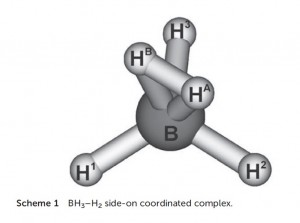

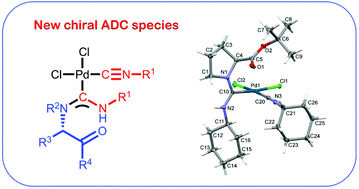
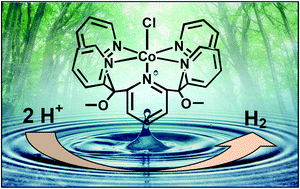

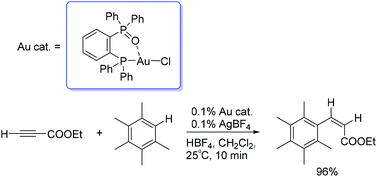
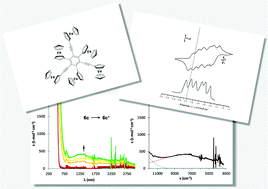



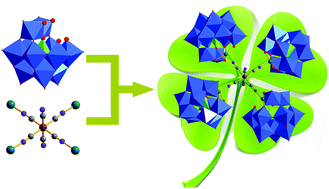
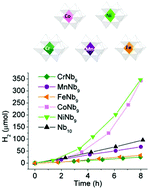
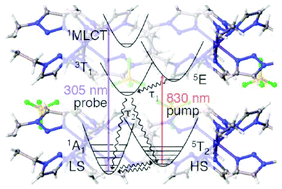
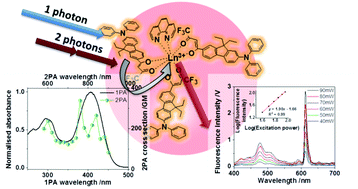
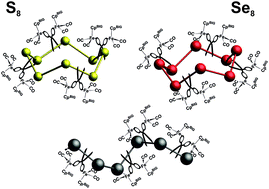

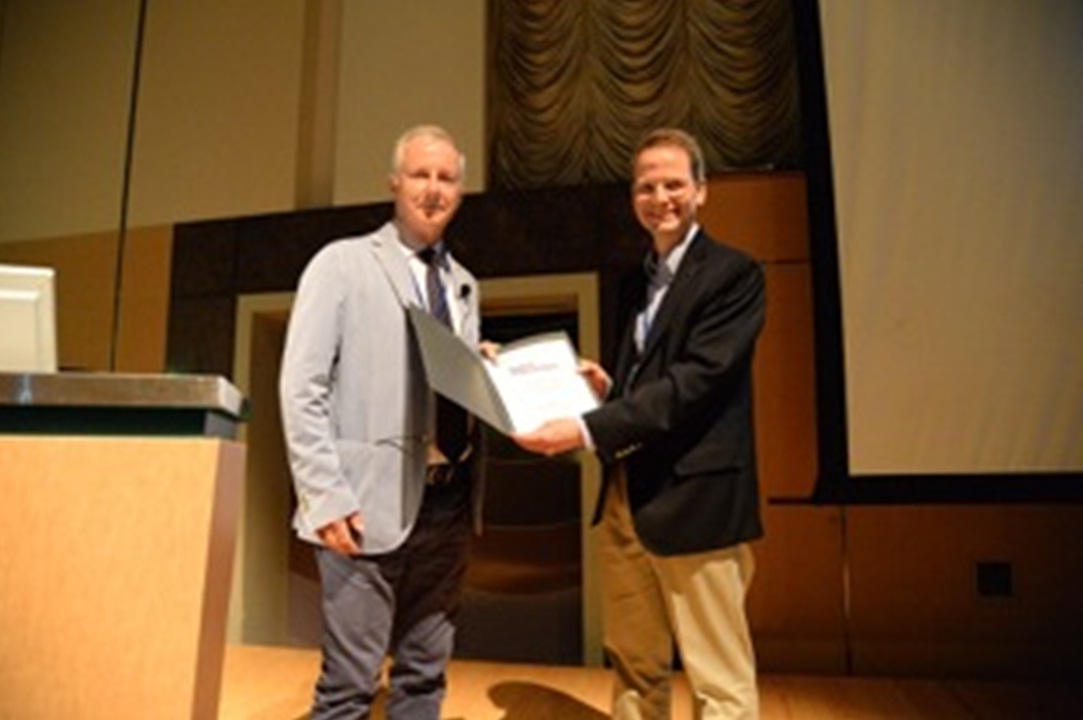
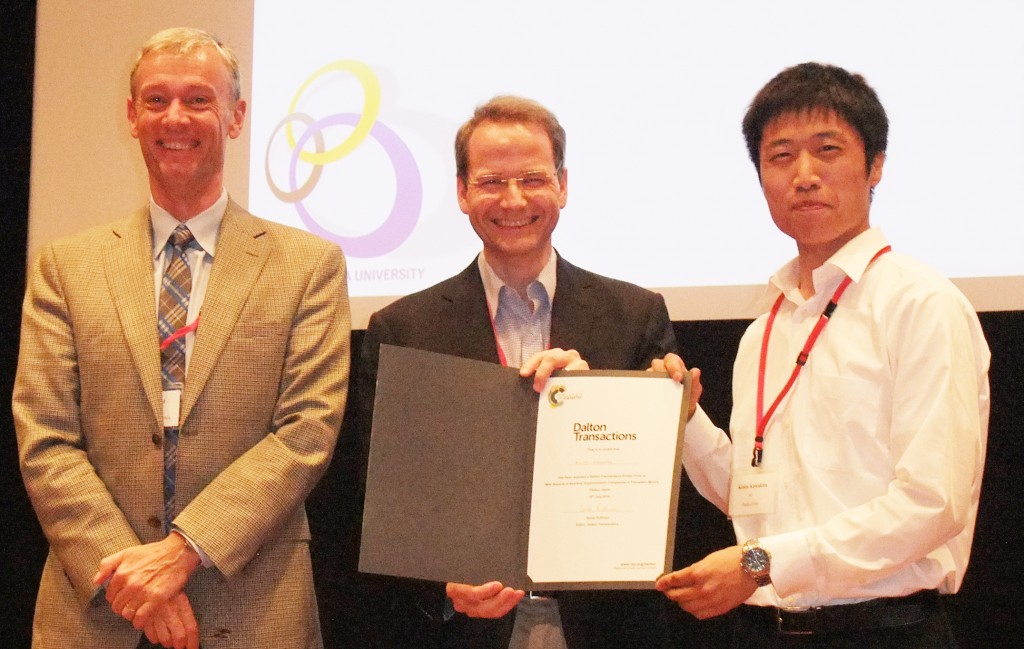
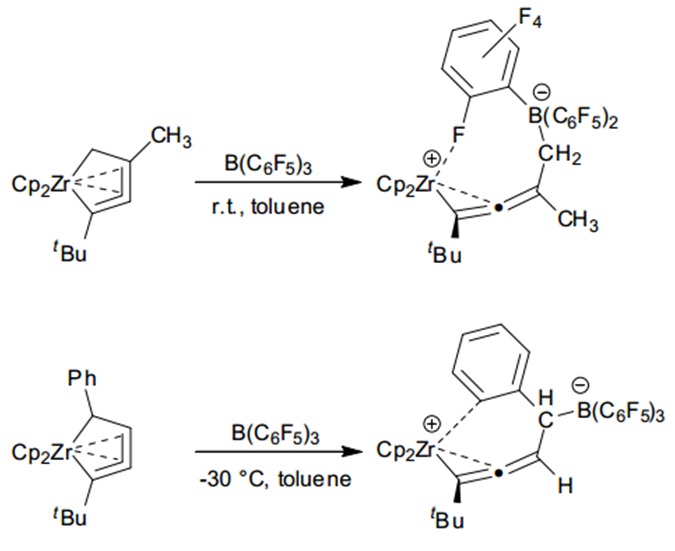

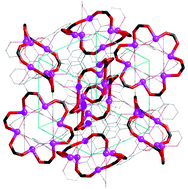

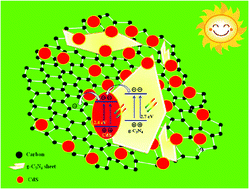

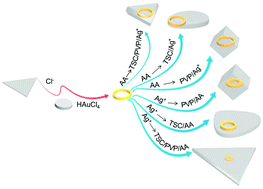
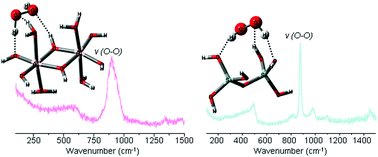
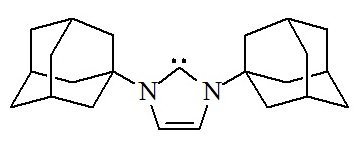
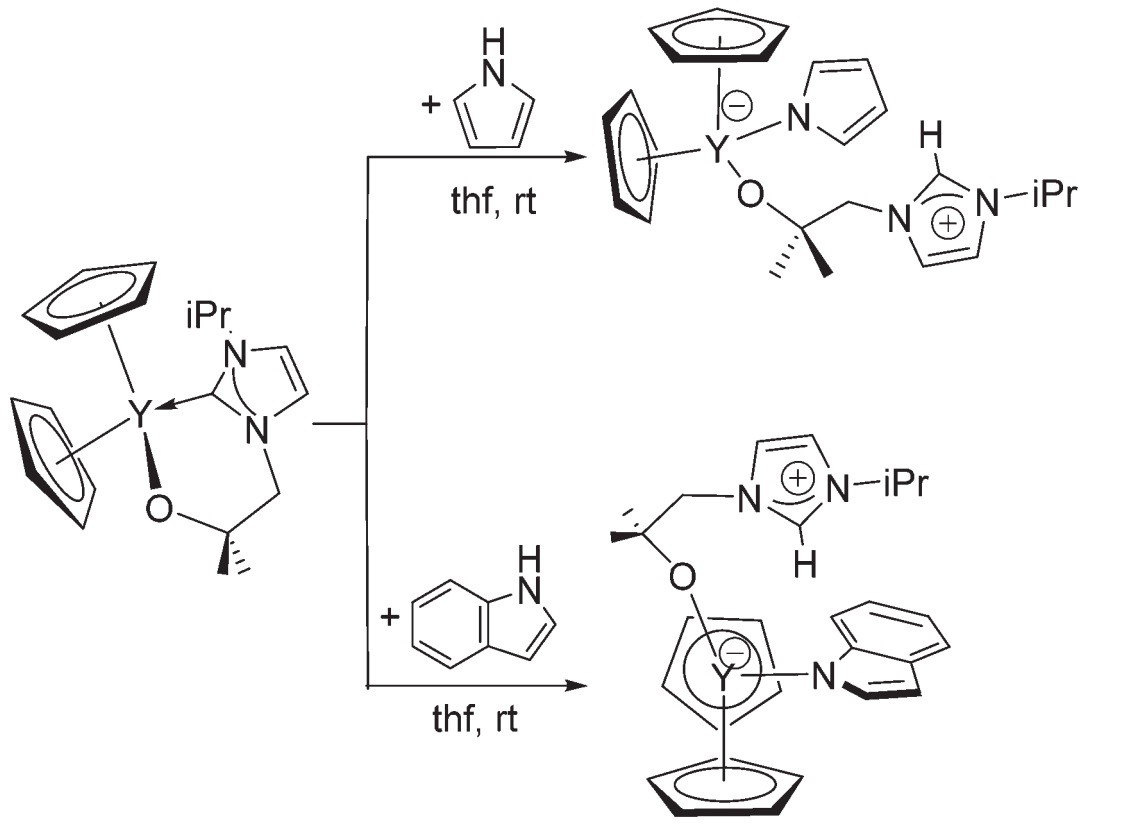
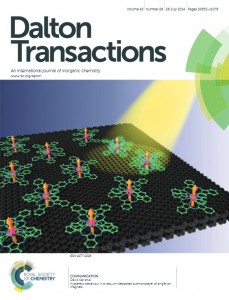 We are delighted to announce four new
We are delighted to announce four new